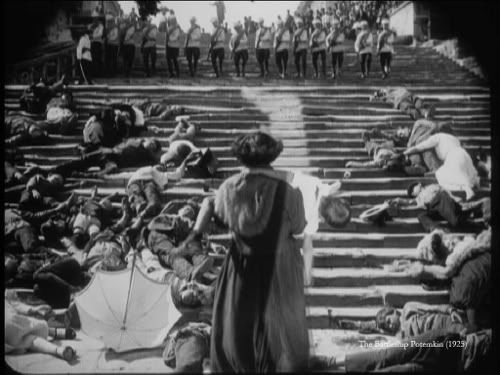
"Battleship Potemkin" Review
By Trey Smith
The great question today in regards to Sergei M. Eisenstein's legendary silent epic "Battleship Potemkin" is whether or not the film still retains its greatness today. Is this a timeless c-lassic that will continue to inspire the down-trodden for still many generations to come, or is it merely a respected relic that has lost its teeth? I think the answer is somewhere in between. This is clearly still an important film historically, both cinematically and in regards to the Communist revolution. However, with time it has lost its effectiveness as a moving narrative, there is just no resonance left in the cries of freedom shouted from the deck of the Potemkin and the streets of Odessa.
The film opens with a expose of the horrible conditions plaguing the crew aboard the Potemkin and the tyrannical response of the ship's officers when the crew bring these issues to them. Besides deplorable sleeping and living conditions and grueling work, the crew must suffer through meat that is so rotten maggots can be seen crawling across it. The ship's doctor clears the meat and claims that the maggots are already dead, even though we can see they are very much alive. When a section of the crew refuses to eat the captain orders them all shot. This order is the tipping point and very quickly the officers are tossed overboard and crew takes over the ship.
The call for an end to oppression reaches across the waves and finds harbor in the minds of the working c-lass in the seaport of Odessa. Their outrage is planted with the seed of the dead seaman who started the mutiny on the Potemkin and was killed by the officers. His body acts as sort of an altar for revolution and unites the town against the government. This all culminates in a brutal slaying of the townspeople on the Odessa Staircase.
This scene is easily the best of the film and perhaps the only one that still feels relevant today. Seeing the people slaughtered without mercy or provocation is still a horrifying sight. The death of the sailor failed to inspire any emotion in me, his demise rang just as hollow as his cries for revolution. However, seeing the mother pick up her dead child and carry him up the stairs toward the marching soldiers only to be shot down is powerful stuff. Still to this day that is a shocking image.
Just as powerful is the mother trying to protect her carriage bound infant from the onslaught of bullets. She stands frozen, unsure of what she can do; instinct has taken over, a desperate need to protect her child. She too is murdered by the soldiers, and the carriage tumbles down the stair, dooming the baby to the same fate. Here Eisenstein reminds us that in revolution the bullets that spill the blood of men do not know innocence.
The rest of the film fails to capture potency of this sequence; it only manages to impress with the sharp camerawork of Eisenstein. This is a powerfully shot film, with images that are good enough to be hung on the wall in glass frames. Though the death of the sailor is weak, the image of him pathetically breathing his last breath while hanging from a rope just above the beating waves is so good that it is almost moving solely because of how it is shot. There is also an incredible shot of lion statues edited together to make it seem as if the beast is raising its head, raising it to the call of revolution. That right there is great filmmaking; a brilliant use of visuals to express meaning.
Another key scene worth mentioning, though not out of praise, is the finale of the film. There is a very well done sequence building up to the climax, which is set up to be a naval battle against the Admiral's squadron. We see the men of the Potemkin waiting with bated breath for the fleet to arrive, peering through the fog into the blackness of the night for even a hint of their enemy. When the squadron does finally arrive we are treated to a tension rich montage of the troops preparing for battle. We see guns being loaded and men being rushed to the deck, certain of their impending death. The Potemkin is ready and charges headfirst into battle.
But wait! Lower the guns! The comrades have taken over the enemy fleet as well! Hooray! Communism for everyone! While I do admire such a quick change of mood that stands in contrast to the constant need for an epic final battle, I can't help but find this sequence rendered laughable by the cold passage of time. I actually found myself yearning for something more powerful and inspiring. Yes, I'm sure this was very effective at rousing the audience to the cry of communism when the film was first released, but now it rings just as hollow as other historical propaganda films.
There is no doubt that this is still an important film, but the propaganda has lost steam and the message is dull and rusted. One powerful sequence isn't enough to make the whole great, it's just enough to warrant the film a watch. This film just doesn't matter much anymore. It's a work meant for those who love film and wish to experience all its history, or perhaps a student of the Russian revolution. Eisenstein is no doubt an important figure in both Soviet and cinematic history, but this film may no longer be his masterpiece.
3/5
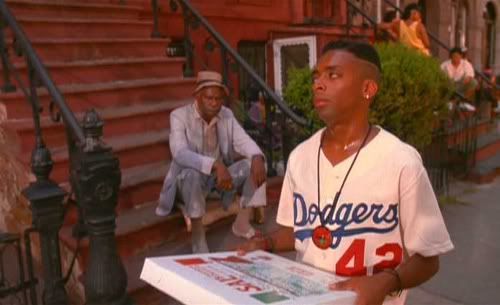
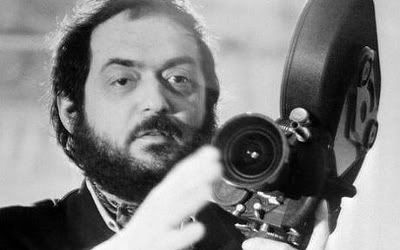
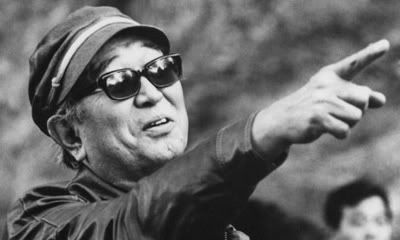
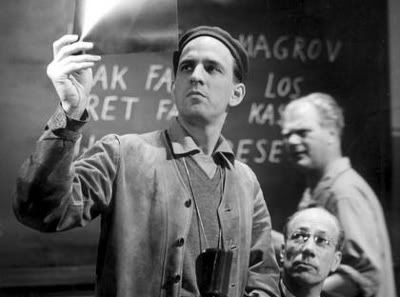
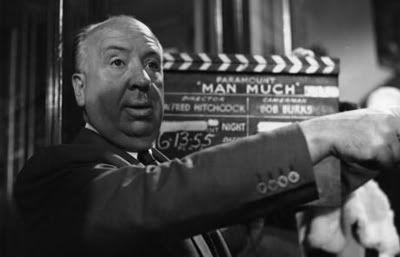
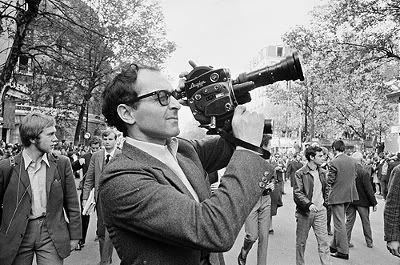
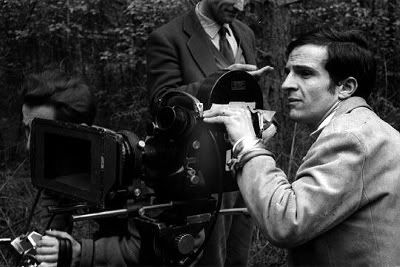
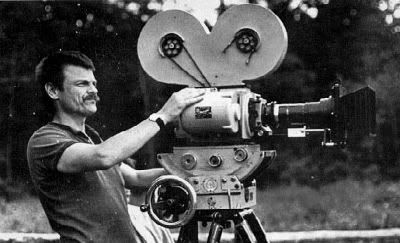

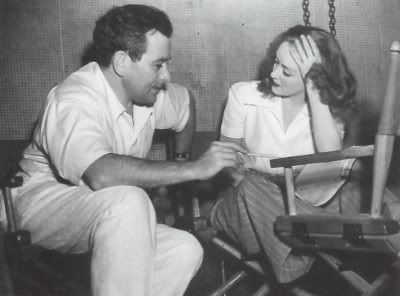
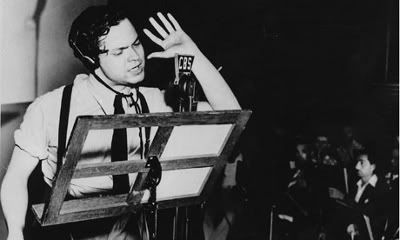

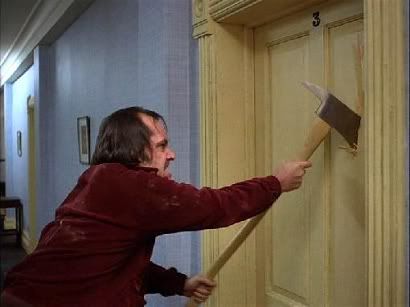
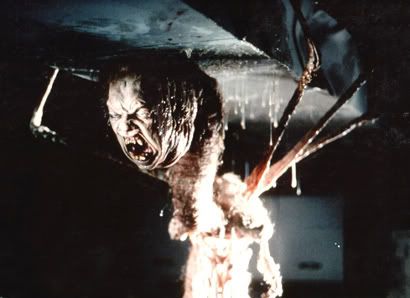

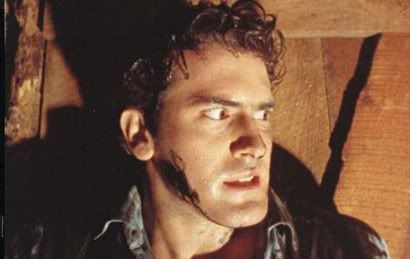
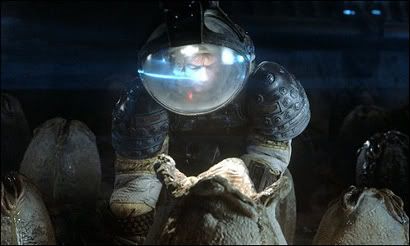
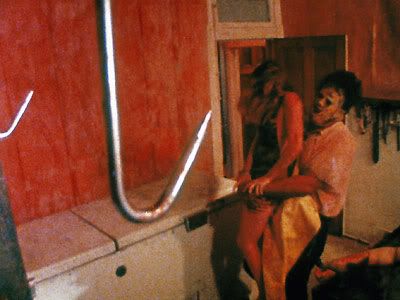
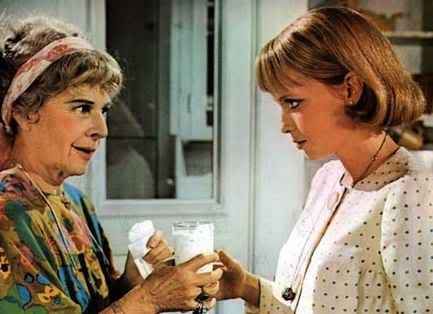
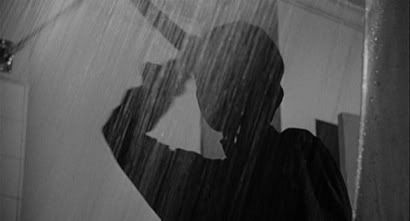
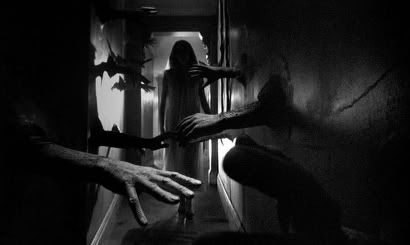
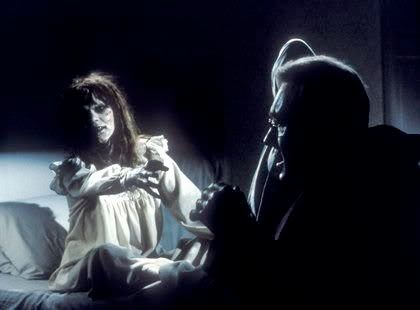




























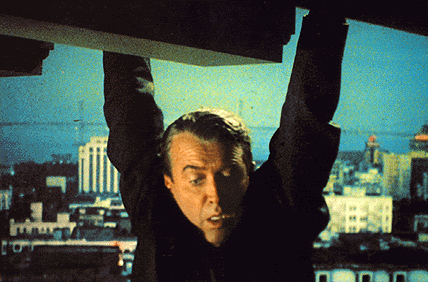





















Log in to comment